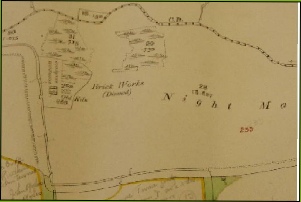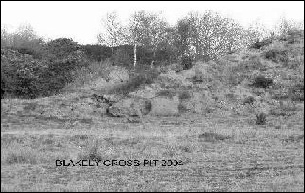
 Local Business, Food, Accommodation
History Group
Local Events
Local Business, Food, Accommodation
History Group
Local Events




 Summary of Castle Rising
Summary of Castle Rising
















Building Materials in Castle Rising
Most vernacular architecture in Norfolk villages is built from local materials and Castle Rising is no exception. Most of the older buildings were constructed in the eighteenth and nineteenth centuries, and were made from local material either new or recycled from earlier buildings
Small Carrstone
A small orange coloured stone, which was quarried from Blakeley Cross Pit. near to Roydon Common
SILVER CARR,,
A grey stone comes from concretions in the sandy sediments and sand-
BRICKS made from local clay from fields near the village. Below is a 19th map, showing brickworks, N of village.
THE CASTLE
itself was in ruins for much of its history and Lords of the Manor and villagers used to take the stones for building
ANCIENT WOODLANDS
There are two ancient woodlands in the Parish—Millwood & the Alder Carr. They provided timbers and coppicing.





